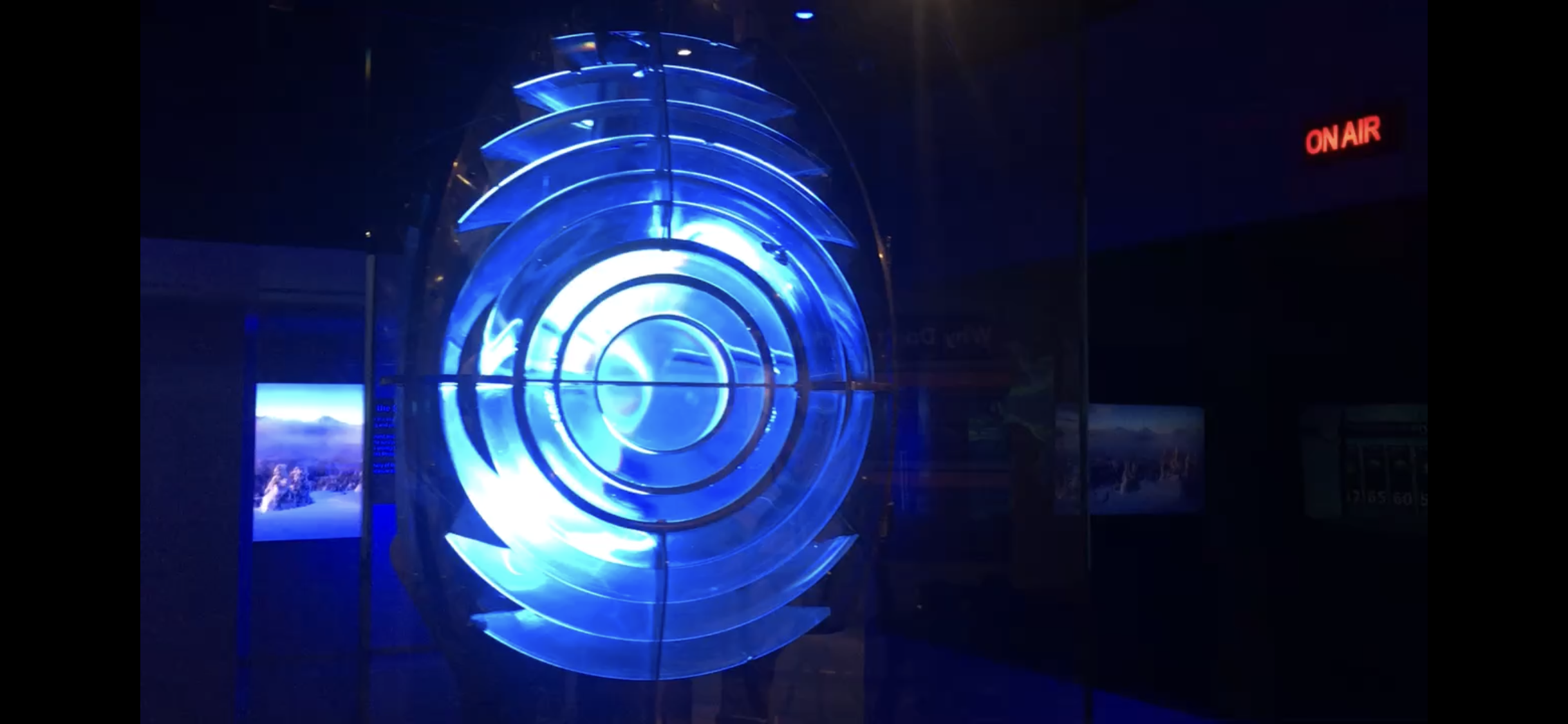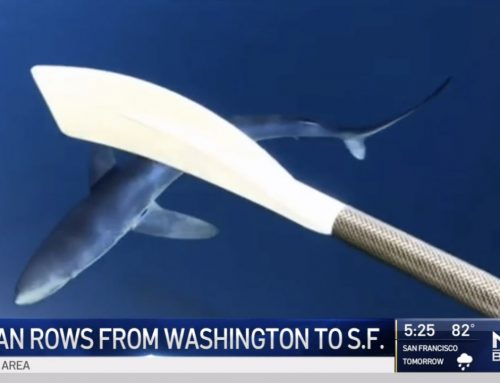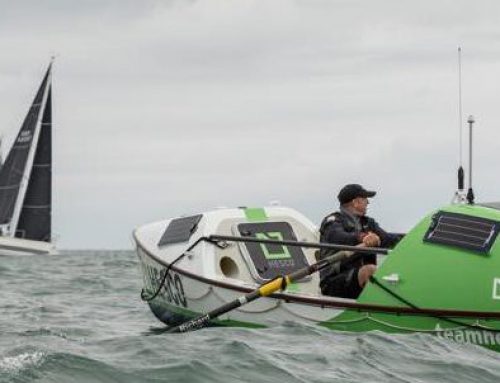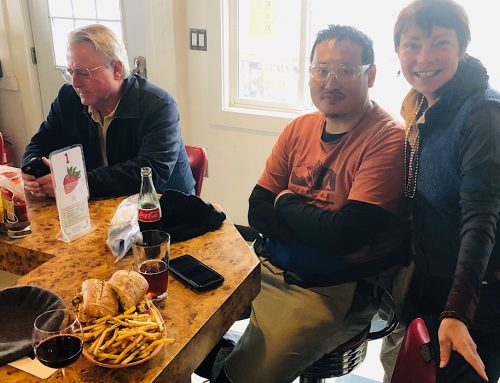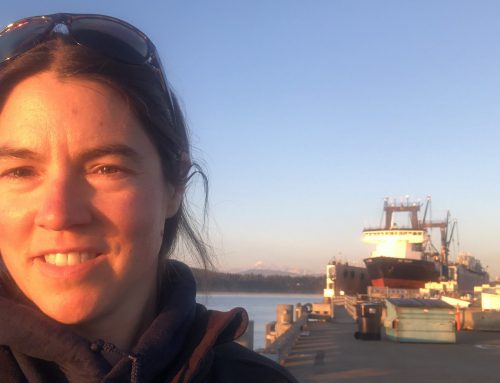Wind buffets the car as the wipers pace from left to right.
I had been advised against taking the coastal road. In the forecast weather there would be nothing to see and on the freeway in the rain there is surely even less.
The heater is on, snacks laid out, phone plugged in. Googlemaps says 2 hours 30 minutes, but I hope to reach Astoria around noon before I get hungry. I surf the radio, find a station I like, lose signal, find another and drive in silence.
Then I come off Interstate 5 and trail behind a truck stacked high with logs. Logs pass me going the other way. Logs are piled up left and right in the town of Longview. I wasn’t expecting this, but in truth I had no expectations at all.
The bridge onto US-30 west at Rainier is my first brief glimpse of the Columbia River. Taylorville is my second, but after Svenson I can’t help myself but pull over and stop. The sun is out now, the sky blue and the view across the flats enchanting. An egret is down by the water’s edge and everything between me and the horizon is wild.
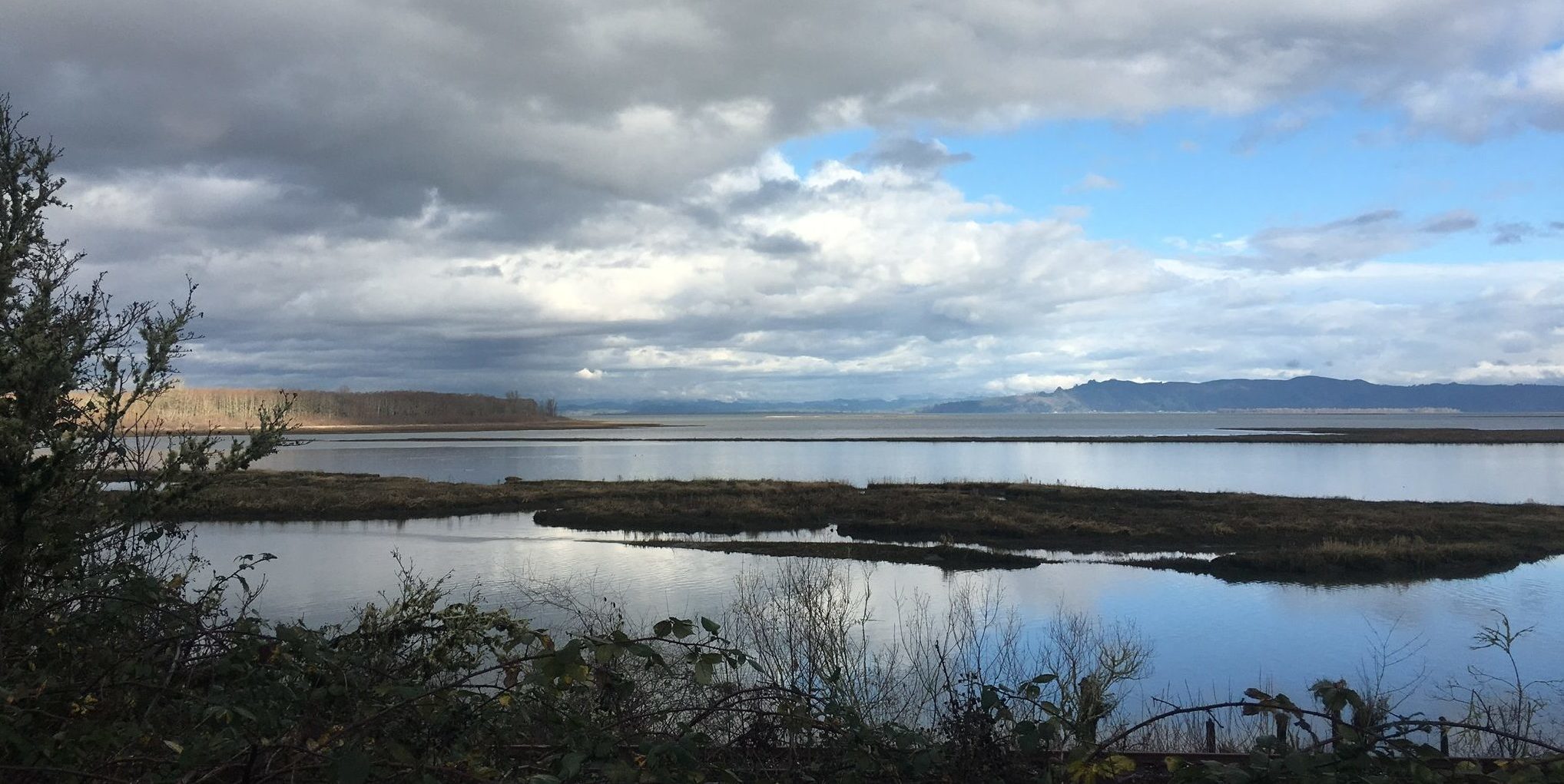
Ten minutes later the sun is snubbed out and I reach the Columbia River Maritime Museum in Astoria. The air outside is frigid. I reach for my jacket, a ridiculous rabbit fur ‘shortie’ bought for me by my then boyfriend at a vintage market in LA. White fur? Really? It’s like I dressed up for the pilgrimage.
I stand on the forecourt of the museum wondering what to do. My arrangement to meet the journalist Peter Marsh was loose and Peter does not have a mobile phone.
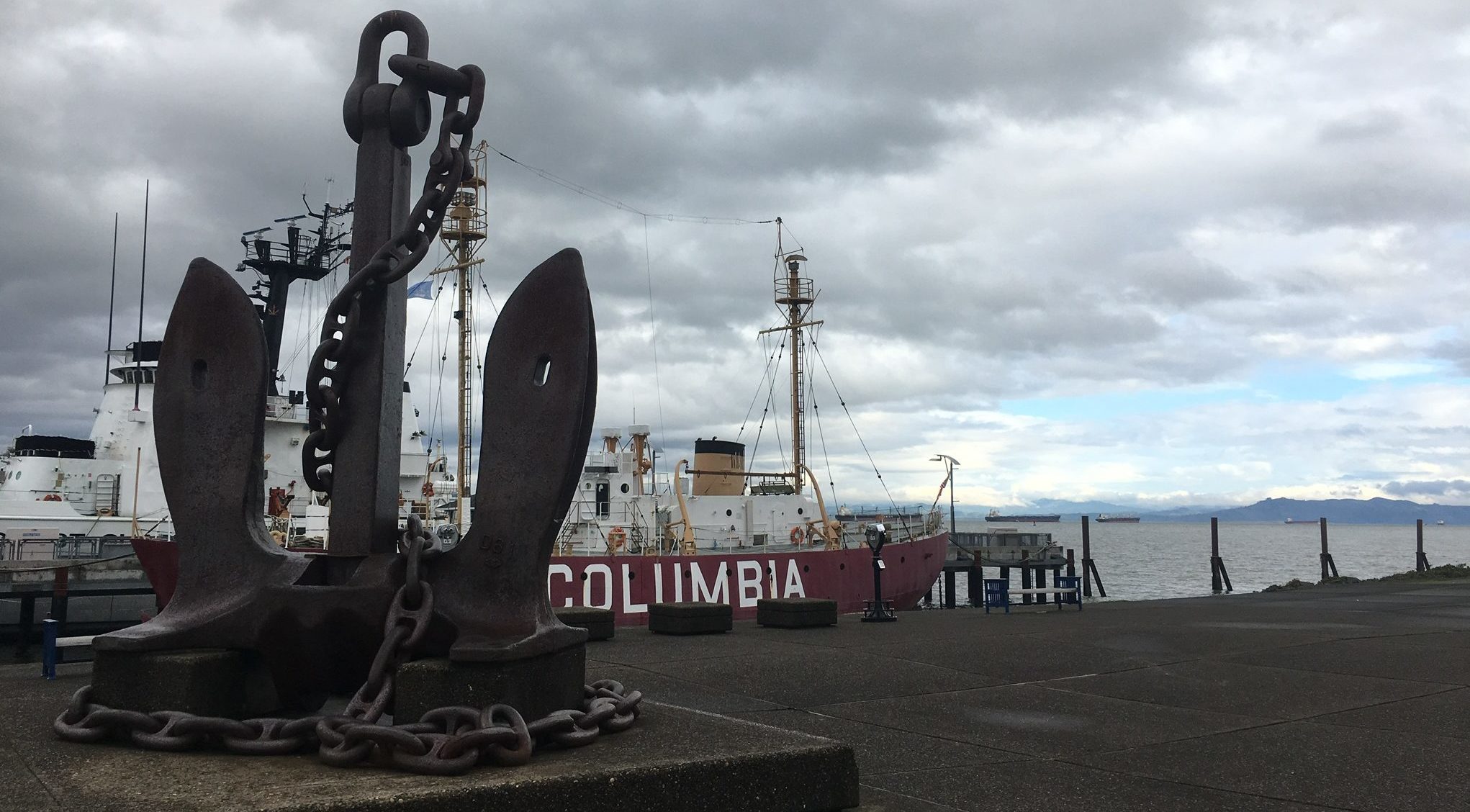
From inside the museum I glance out and catch sight of a man standing on the museum forecourt. His trouser legs are tucked into his socks like a gentleman cyclist. I watch him waiting and it occurs to me that this could be Peter.
It is.
I am delighted. Peter is delighted and so we return to the museum.
Peter and I are deep in the Maritime Museum and we still haven’t come across the Gerard d’Aboville exhibit, the exhibit about the first man to row solo across the North Pacific. I start to feel antsy. Peter is very knowledgeable about all the museum’s exhibits and everything in the museum is brilliantly well documented, but it’s not what I’ve come to see.
Peter looks up and his eyes widen.
‘The Gerard d’Aboville exhibit isn’t here. It’s across the river.’
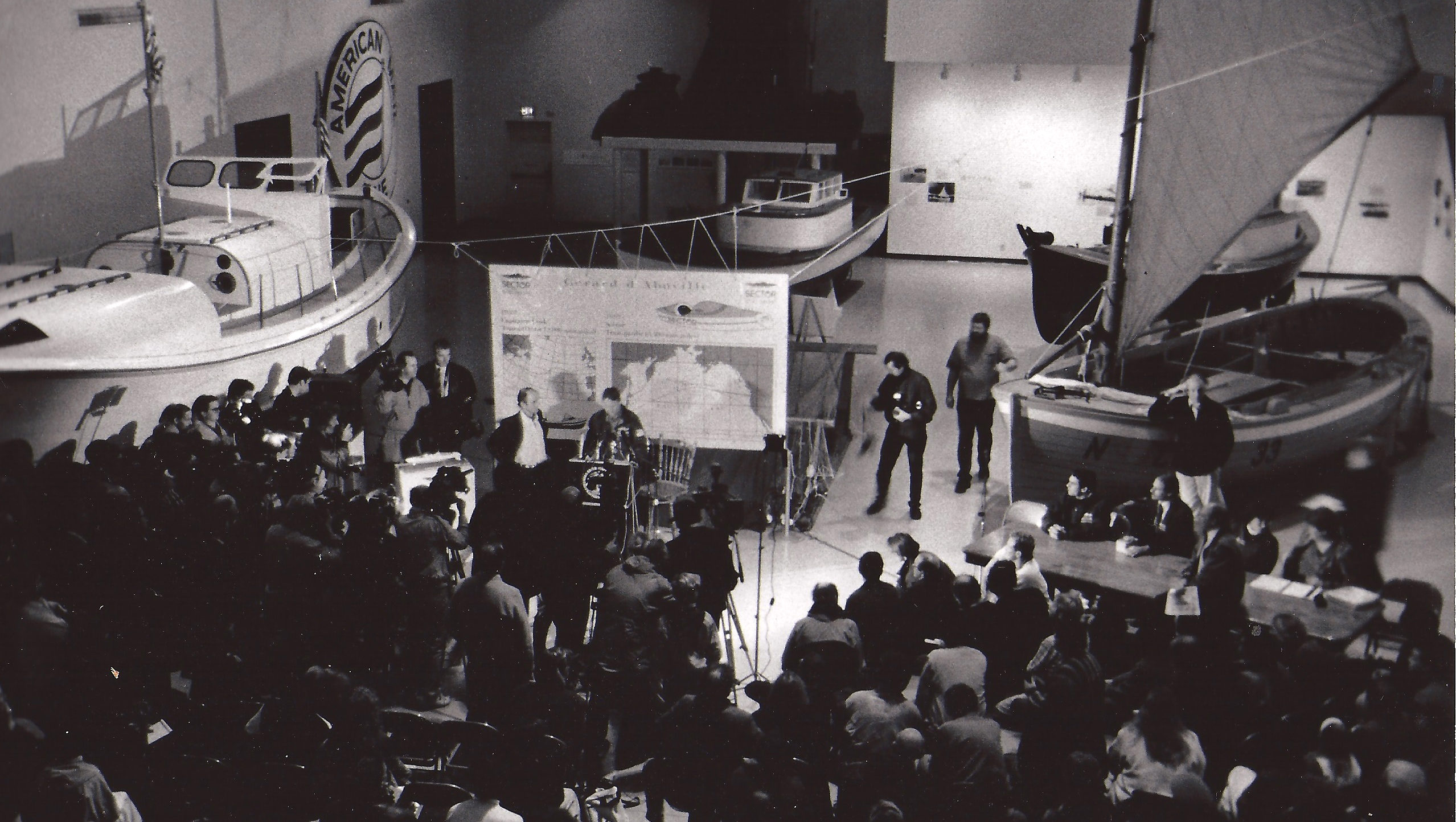
Just to confuse me – the press conference for Gerard d’Aboville’s arrival on February 1st 1991 was held at the Columbia River Maritime Museum in Astoria (not the Columbia Pacific Heritage Museum in Ilwaco)
I want to return later for Peter’s bike, but Peter wants to ride his bike home. ‘Meet me on 12th street,’ he says removing his bike from the rack.
‘Where on 12th street? Do you have an address?’
‘The corner of 12th street, turn left onto 12th street.’
Peter rides off.
Twelfth street is busier than expected. There’s also nowhere to park. I pull over but two women peer at me from inside a shop opposite. There’s a space outside the Liberty Theatre so I park there and walk to the corner of 12th and Duane so I can look up and down the street for Peter, with or without his bicycle. I wait on the corner and everyone stares at me. Must be the white fur jacket. Or the loitering. It feels so 1999 to wait on a street corner, for someone who may or may not arrive with no means of finding out.
Forty minutes passes. If I’m going to visit the museum in Ilwaco and get back to the airport in time, I have to go.
Driving across the Astoria-Megler bridge, peering out through the arc on the windscreen, I feel relief and disappointment. I like the idea of spending time with the d’Aboville exhibit alone, but now it feels a let down to leave without Peter.
I reach the headland – Cape Disappointment. That would have amused Gerard when he accepted a tow the last 20 miles across the Columbia River bar.
PART 2
The Columbia Pacific Heritage Museum is a dated building on a wide street. This somehow seems more fitting.
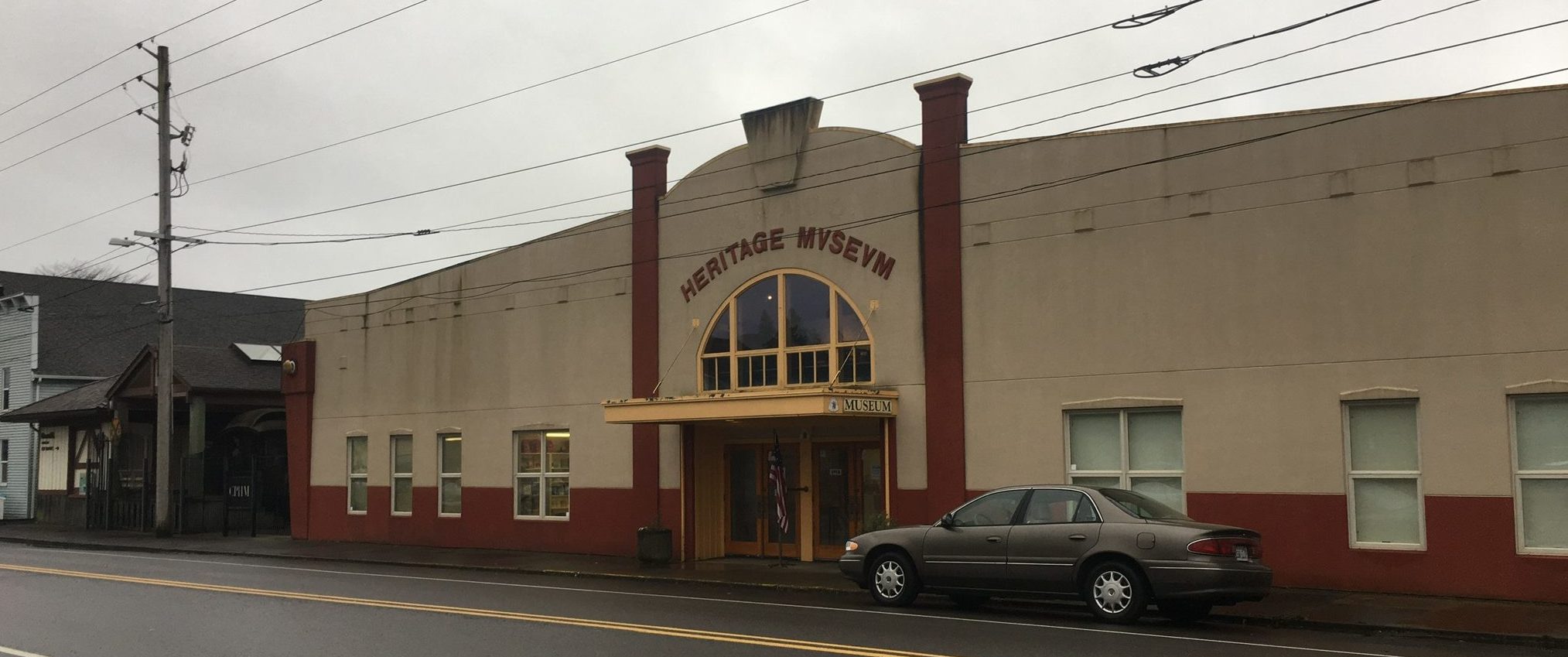 ‘Is the Gerard d’Aboville exhibit still there?’ I had called some weeks prior.
‘Is the Gerard d’Aboville exhibit still there?’ I had called some weeks prior.
‘It is last time I checked,’ the woman on the phone answered.
Now I understood the woman’s sarcasm.
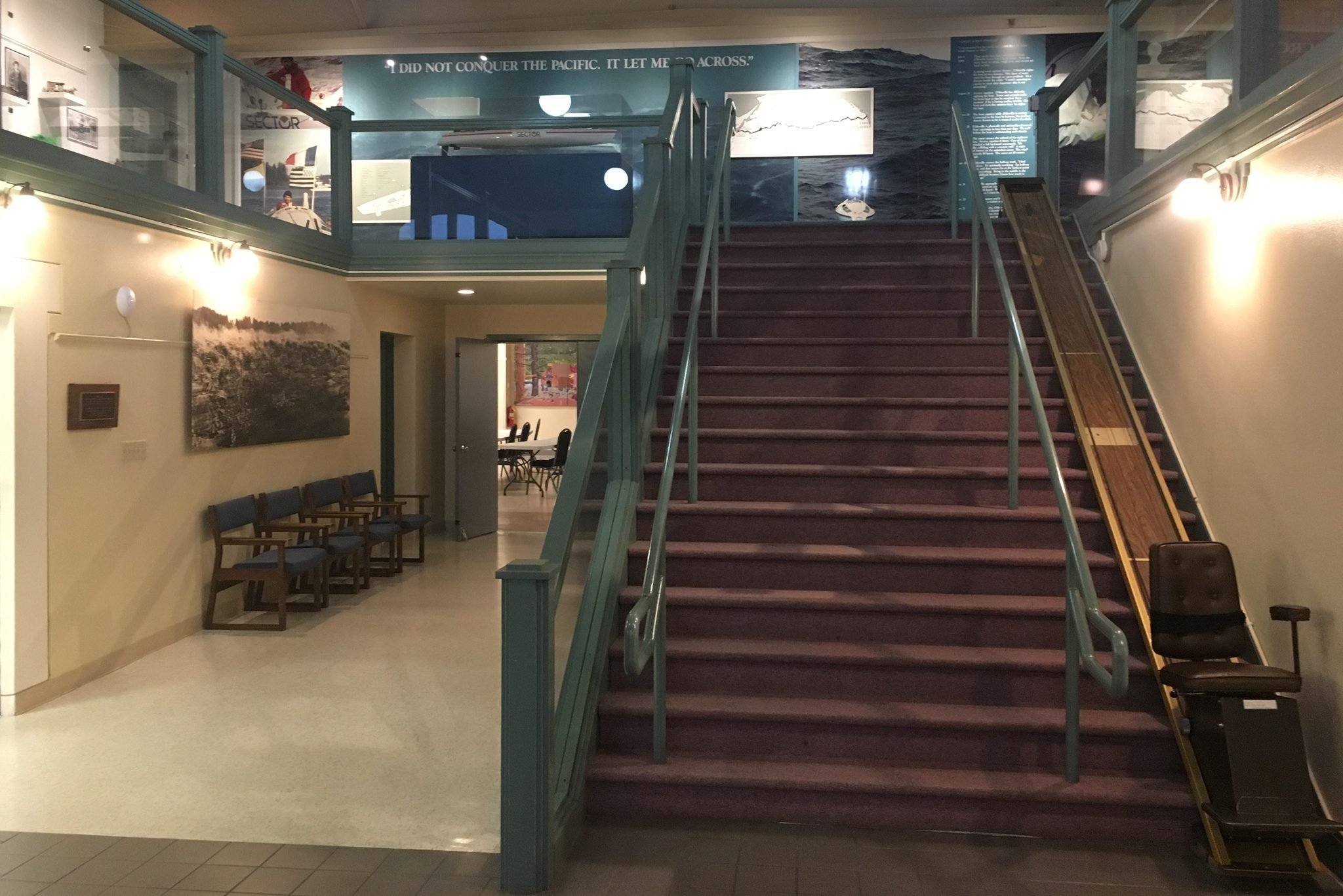
The display is the first thing I see when I walk in.
The 4 minute VHS video of Gerard’s departure and arrival is the draw, a large model of Gerard’s boat, an unexpected bonus.
I watch the video several times, grateful that there is no one else in the museum.
Inside I feel a sense of resolve: the voyage is what I thought it was and it is what I want to do.
I have now visited the departure point, Choshi Japan and Gerard d’Aboville’s arrival point in Washington.
All that is left, is to experience the middle.
